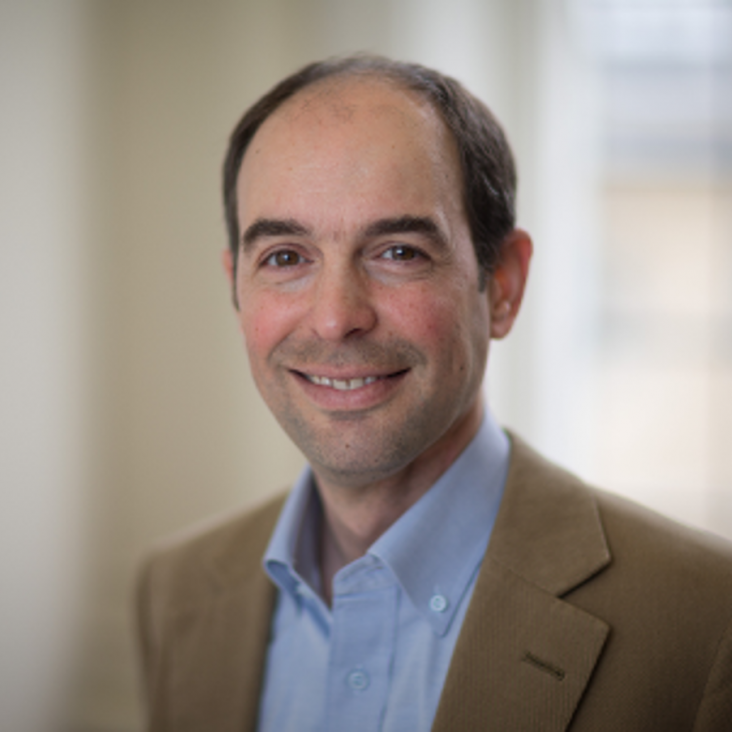Solid-state quantum memory using the 31P nuclear spin
Nature 455:7216 (2008) 1085-1088
Abstract:
The transfer of information between different physical forms - for example processing entities and memory - is a central theme in communication and computation. This is crucial in quantum computation, where great effort must be taken to protect the integrity of a fragile quantum bit (qubit). However, transfer of quantum information is particularly challenging, as the process must remain coherent at all times to preserve the quantum nature of the information. Here we demonstrate the coherent transfer of a superposition state in an electron-spin 'processing' qubit to a nuclear-spin 'memory' qubit, using a combination of microwave and radio-frequency pulses applied to 31P donors in an isotopically pure 28Si crystal. The state is left in the nuclear spin on a timescale that is long compared with the electron decoherence time, and is then coherently transferred back to the electron spin, thus demonstrating the 31P nuclear spin as a solid-state quantum memory. The overall store-readout fidelity is about 90 per cent, with the loss attributed to imperfect rotations, and can be improved through the use of composite pulses. The coherence lifetime of the quantum memory element at 5.5 K exceeds 1 s. ©2008 Macmillan Publishers Limited. All rights reserved.Temperature-dependent photoluminescence study of ErSc2 N@C 80 and Er2 ScN@C80 fullerenes
Physica Status Solidi (B) Basic Research 245:10 (2008) 1998-2001
Abstract:
The photoluminescence study of the Er3+ ion in ErSc 2N@C80 and Er2ScN@C80 fullerenes in the temperature range of 5 K to 80 K is presented. New emission peaks are observed for both fullerenes above 20 K. These peaks arise from thermally populated crystal-field levels of the excited state. An anomalous behaviour of the PL peak area is observed with an increasing temperature which reveals an internal rearrangement of the cluster ErSc2N in ErSc 2N@C80. © 2008 Wiley-VCH Verlag GmbH & Co. KGaA.Morphology of the nonspherically decaying radiation generated by a rotating superluminal source: reply to comment.
J Opt Soc Am A Opt Image Sci Vis 25:9 (2008) 2167-2169
Abstract:
The fact that the formula used by Hannay in the preceding Comment [J. Opt. Soc. Am. A25, 2165 (2008)] is "from a standard text on electrodynamics" neither warrants that it is universally applicable nor that it is unequivocally correct. We have explicitly shown [J. Opt. Soc. Am. A25, 543 (2008)] that, since it does not include the boundary contribution toward the value of the field, the formula in question is not applicable when the source is extended and has a distribution pattern that rotates faster than light in vacuo. The neglected boundary term in the retarded solution to the wave equation governing the electromagnetic field forms the basis of diffraction theory. If this term were identically zero, for the reasons given by Hannay, the diffraction of electromagnetic waves through apertures on a surface enclosing a source would have been impossible.Dynamic nuclear polarization with simultaneous excitation of electronic and nuclear transitions
Applied Magnetic Resonance 34:3-4 (2008) 347-353


